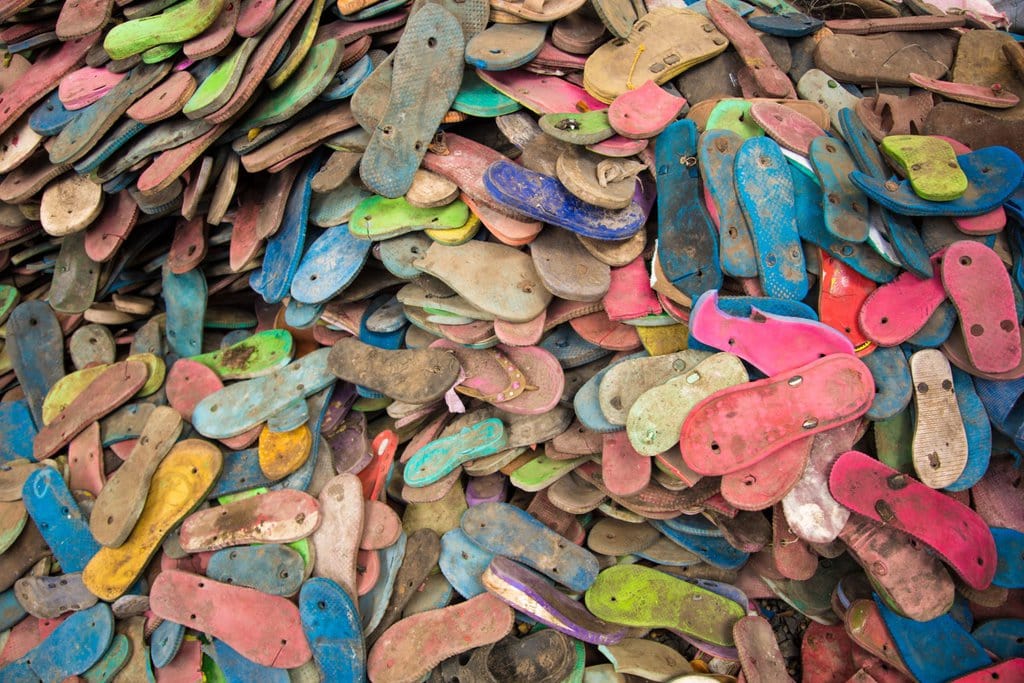Chaka is a fairy penguin who was leading a contented life at Weymouth Sea Life Adventure Park until its handlers observed that the bird was exhibiting some instability on its flippers. To determine the cause of the issue, the animal care staff transported Chaka to a specialist for an MRI scan, representing a landmark achievement.
The First MRI Done on a Penguin

No other fairy penguin had ever undergone an MRI scan before. The little blue penguin is also referred to as a fairy penguin and is from the regions of New Zealand and southern Australia. These penguins are considered the smallest of their kind, standing at a height of approximately 9.8-13.7 inches and weighing slightly more than 2.2 lbs. The world’s largest penguin was the Kumimanu Fordyce, an extinct species that was identified through fossils and lived over 57 million years ago.
At The National Aquarium of New Zealand, the behavior of little blue penguins is frequently assessed, and they are recognized with awards for their good and mischievous deeds. Nonetheless, Chaka was an exemplary penguin for the veterinary crew. Although the team is accustomed to conducting MRI scans on various animals, they made extra efforts to ensure that Chaka was at ease and content throughout the process. The veterinary staff was able to perform a successful MRI on Chaka, and the findings were favorable, indicating that the penguin was in good health.
Chaka the Fairy Penguin

In a recent statement made by Kico Iroala, the Curator at Sea Life Weymouth, it was announced that Chaka, the fairy penguin, had become a trailblazer. The playful announcement also pointed out that despite his slightly unsteady gait, Chaka’s participation represented significant advancements in the realm of veterinary science and the penguin community.
The team now intends to distribute the MRI findings to other professionals and zoological facilities to enhance the understanding and awareness of the species. In other penguin news, last summer in San Diego, a four-year-old African penguin received new orthopedic shoes due to a degenerative foot ailment that had affected its ability to walk.
A Company In Kenya Is Making Sculptures Out of Discarded Flip-Flops
An innovative company in Kenya is doing its best to do upcycling on a whole new level. It takes used flip-flops, the most popular type of shoes in the world with some three billion being produced annually. The Kenyan company uses comfortable, easy-to-wear, and inexpensive shoes that are also terrible for the environment to make amazing, colorful sculptures.
It Turns Out Used Flip-Flops Are Great for Making Sculptures
The majority of flip-flops are made from synthetic, petroleum-based materials that have an average lifespan of about two years. Given that there is a huge part of the billions of tons of plastic that pollute the oceans every year and harm marine life, it is great that a company in Kenya is trying to do something positive with plastic shoes. Julie Church, a marine conservationist, considered the extent of the problem and decided to work on it in a unique way. She decided that it was a great idea to upcycle the washed-up flip-flops and turn them into colorful sculptures.
Julie Founded Ocean Sole to Make Flip-Flop Sculptures and Help Locals

Upcycling isn’t a new concept, and people do it when they repurpose household items or old clothes. Church and her company, Ocean Sole, took things to an entirely new level by helping the environment and local Kenyans while highlighting the importance of sustainable living. When Julie Church worked as a marine conservationist in Nairobi, she discovered an entire beach covered in flip-flops, and the pollution had killed fish and plant life while preventing turtles from coming on land to hatch. This had a harmful effect on both the ecosystem and the community because people used to fish in the area. Church also noticed how children made toys out of the thousands of flip-flops that made their way to the beaches. She started working with the mothers of the kids, encouraging them to wash, cut, and shape the shoes into marbled blocks that could be used for making sculptures.
Local Families Sell Sculptures Made of Flip-Flops at Local Markets

The idea to sell flip-flop sculptures as means of income took off, and in 1998, Church founded Ocean Sole. Now, about a quarter century later, the company aims to upcycle nearly a million flip-flops a year and craft them into sculptures that are sold all over the world. Ocean Sole now impacts more than 1,000 Kenyans directly, with many of them working as flip-flop collectors or artists. The company also contributes 10% to 15% of its overall revenue to educational and vocational programs for residents and beach conservation and cleanup efforts. Ocean Sole is now a company that is continuously growing and looking for more ways to keep waste off the beaches of Kenya and out of its water.
